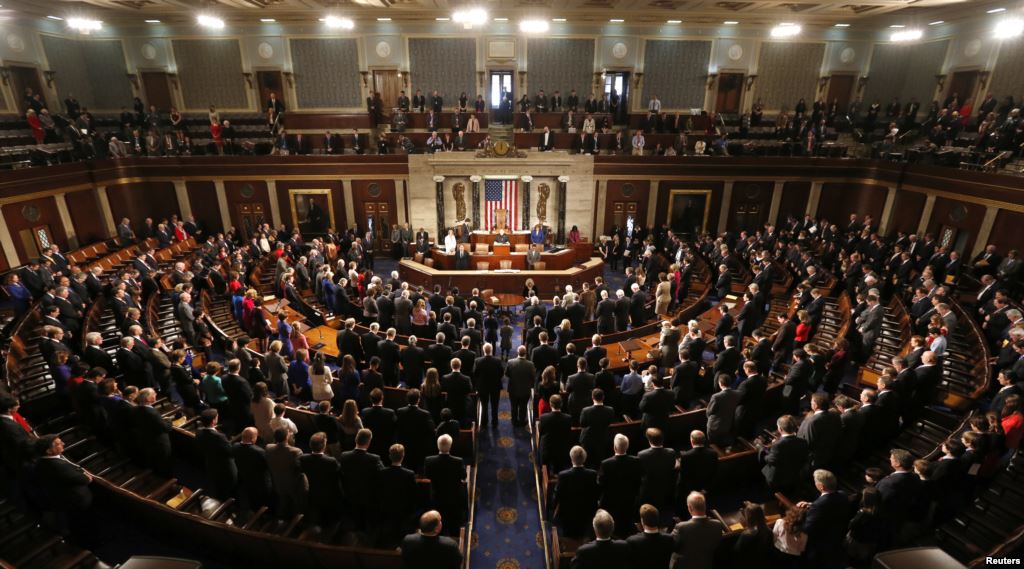For my WRD 395: Writing Center Theory and Pedagogy project, I decided to research how the UCWBL core practice of collaboratively setting an agenda to guide your work is applicable to American government. Since I am a Political Science major and I’ve taken PSC 120: The American Political System, I wanted to gain more insight into how politicians collaborate to set an agenda.
Bipartisan Cooperation Through Bill Co-Sponsorship
One method that legislators in Congress use to collaborate with other legislators is bill co-sponsorship. Bill co-sponsorships are used to gain influence in the policymaking process. Bills that have co-sponsorships have a higher chance of being passed into legislation. Senators are more likely than House members to have more bill co-sponsorships (Rippere).
The Impact of Group Dynamics in Co-Sponsorship
Legislators are more likely to co-sponsor measures if those legislators share similar experiences, policy interests, or ideological stances. Legislators in the minority party co-sponsor more frequently with fellow minority legislators. Also, legislators with shared minority status in terms of race, gender, and ethnicity co-sponsor their colleagues’ bills more frequently compared to legislators who do not share the same minority status (Bratton and Rouse).
The Role of Committees in Agenda Setting in the U.S. Congress
In Congressional committees, the function of each committee determines the agenda that is set by that committee. In re-elections committees, members prioritize constituents’ requests and put those requests on the agenda. They do this to avoid “disrupting their productive relation with a member of their constituency.” In the Senate, the floor rules are flexible, allowing legislators from non-relevant committees to make speeches or propose adding amendments to bills (Sinclair).
Agenda Setting in the Local Policymaking Process
In this study, 271 stakeholders from local government offices were interviewed about agenda setting and problem identification in the local policymaking process. Governmental actors and interest groups were the most influential in the policymaking process, which was guided through collaboration—specifically, consensus and coalition building (Liu et al).
Reflection
All of the sources I gathered showed that collaboration among legislators exists in American politics. Legislators collaborate with each other to achieve mutual goals and to get their bills debated or passed. In Congress especially, the more collaborators a legislator has, the more influence and success he or she will have in the policymaking process.
The most fascinating information I learned was the role of gender and social identity in collaboration. It sounds obvious, but I never considered this when collaborating with writers during my appointments. In general, I tend to collaborate on projects with like-minded people, people who share the same interests or ideologies as me. These concepts of gender identity or social identity can inform tutors during their appointments. Since the idea is that people are more likely to collaborate with others who share similar interests, ideological stances, or racial, ethnic, and gender backgrounds, peer writing tutors should openly express their desire and commitment to help the writer despite differences or similarities. During an appointment, sharing interest is important and it shows the writer that the tutor is eager to help and is a useful resource.
Overall, I enjoyed learning more about collaboration in American politics. Much to my surprise, my sources did not focus on obstructions to collaboration such as partisanship, gridlock, or filibuster. These are especially prevalent in the current political climate. I learned a lot more about collaboratively setting an agenda in American politics, and I hope you did too!
Discover more from UCWbLing
Subscribe to get the latest posts sent to your email.


